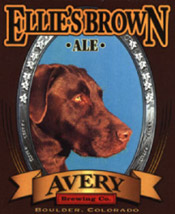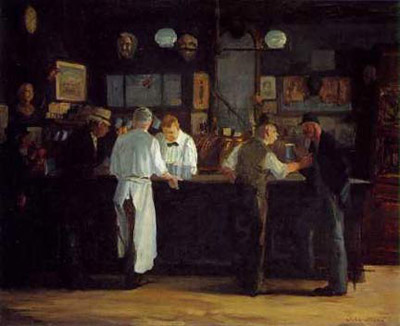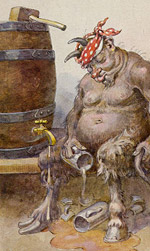A New York Times Dining section tasting panel evaluates brown ales today (registration required). To reference the ongoing discussion we’re not having, they are not ex****e beers.
Eric Asimov writes:
As with great character actors who are so easy to take for granted, you have to pay close attention to brown ales to appreciate their virtue. They have roles to play “quenching thirst, facilitating conversation, sharpening the appetite” and they do it well. If by chance you notice the fine, almost sweet maltiness of the aroma, and the brisk, dry, mineral quality of the flavors, even better. More likely, it’s the absence of these qualities in a poor example that stands out, conveying the sense of something missing.
 Their favorite beer was Ellie’s Brown Ale from Avery Brewing. The described it as, “Brisk, with rich malt aromas. Fruit, mineral and bitter hop flavors.”
Their favorite beer was Ellie’s Brown Ale from Avery Brewing. The described it as, “Brisk, with rich malt aromas. Fruit, mineral and bitter hop flavors.”
Not a surprise to us in New Mexico, because we were drinking Ellie’s Brown and 14’er ESB before back in the mid-90s before Avery became better known for its stronger, hoppier beers. Brewery sales declined between 1998 and 2000, the year The Reverend (10% abv, dark and Belgian-inspired) came out.
The Rev and ex****e beers that followed fueled six years of onging growth and expansion. We like those beers. They weren’t the result of a less-than-fundamentally-sound brewer throwing in more malt and hops – and maybe a funky yeast – to get attention, but the product of a brewer using already well-honed skills.
And even if we didn’t drink The Reverend, Hog Heaven, Salvation and the rest we’d be happy people chasing the X beers are buying them somewhere. Othwerwise when visitors asked me about my favorite brown ale I might sadly answer, “It used to be Ellie’s Brown.”
Instead I can reach into the garage fridge and say, “Try this.”

 Their favorite beer was Ellie’s Brown Ale from
Their favorite beer was Ellie’s Brown Ale from  In this corner we have Mike Seate of the Pittsburgh Tribune-Review telling us that
In this corner we have Mike Seate of the Pittsburgh Tribune-Review telling us that